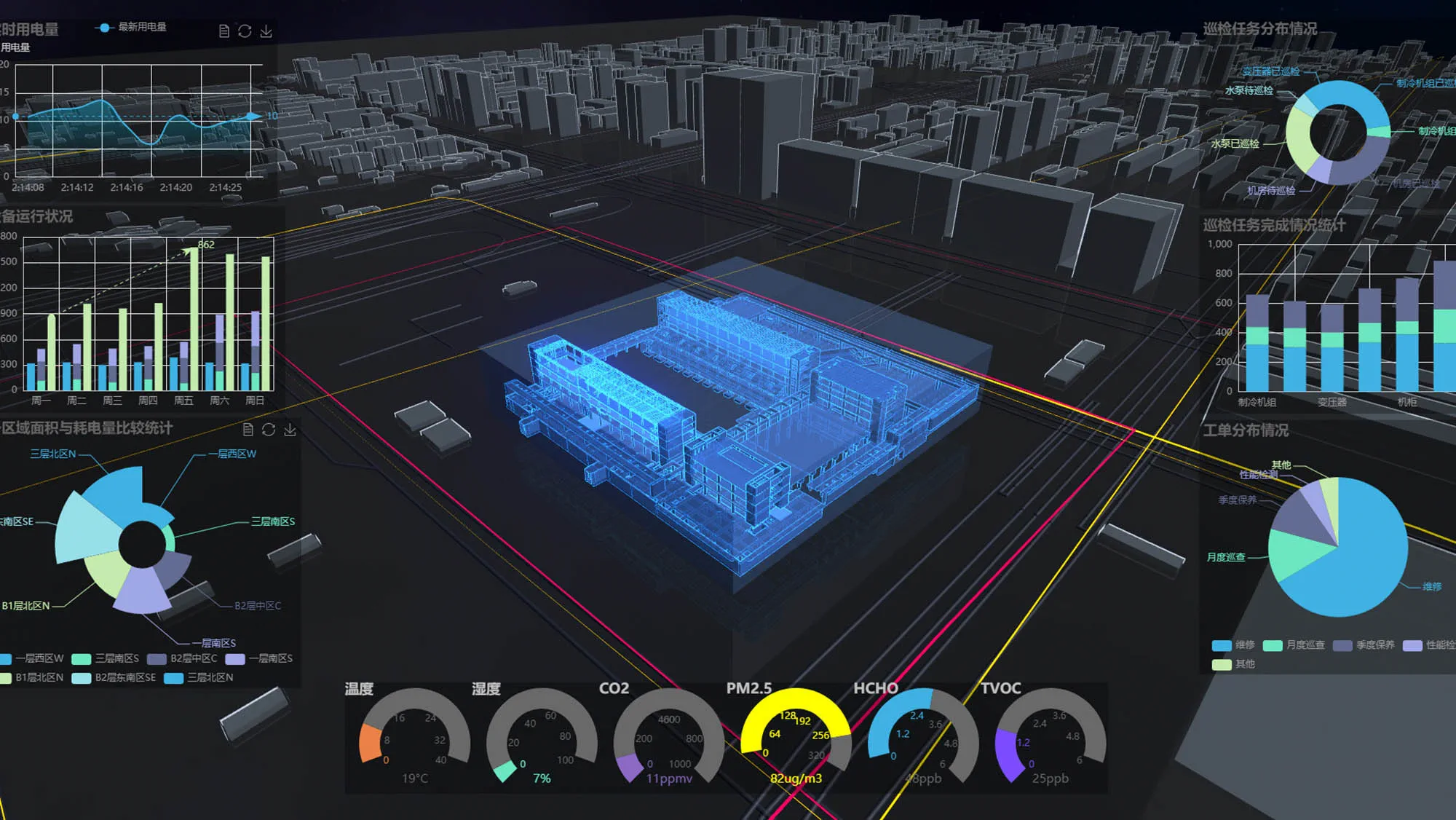When the modern office first appeared, it was a factory for white collar workers: a big box where people could sit and process information, on paper, in files, by person and by phone. As the digital era has reshaped everything about our world and our work, so it’s become clear we need to revisit some of the assumptions about the shape of the buildings where people congregate. And it’s not just offices. Today, wherever there are people, there is data that could be better served by the buildings or assets people are using.
The next generation of building design will take place in an era marked by artificial intelligence. This promises to take data and turn it into incredibly responsive services and experiences. Yet to date, the built environment industry has been slow to understand the implications, and slower to spot the opportunities. Too often buildings’ IT packages are more of an after-thought, something to fit in, not an opportunity to be seized.
Construction technology plus imagination equals long term value
Change is coming. Developers are increasingly asking about the data performance and features of the buildings they fund. They know users, tenants will demand flexibility, and that buildings that can’t change purpose and performance are less valuable over the long haul. There are implications for design. It means the data, sensor, intelligence aspects of an asset must be considered right at the start, no longer viewed as a final stage ‘cabling issue’.
Consumer technology has already commoditized much of the I.T. required, meaning cost isn’t prohibitive. The real challenge is integrating data and AI in a flexible, intelligent way, that generates real value for developers, owners, tenants and users. As new buildings, like the fittingly titled ‘White Collar Factory’ in London’s Shoreditch set new standards for responsiveness, environmental control, connectivity and future flexibility, demand for this approach to intelligent buildings is likely to build quickly.
Real time sensors monitor the health of the Stonecutters Bridge
Real time monitoring
We’ve already established the value and power of intelligent assets. We’ve been helping our bridge clients by embedding real time sensors, for the Stonecutters bridge in Hong Kong and Queensferry Crossing in Scotland, that can power autonomous operational systems. In the lift manufacturing industry in Hong Kong, as lifts age the government is insisting on more real time data collecting sensors for their maintenance.
Learn more about digital asset managementThe digital, living building
Our Neuron product show’s what’s possible. Recently implemented on One Taikoo Place, a commercial tower in Hong Kong, Neuron provides a new level of real-time control over the building’s many systems. Machine learning and AI allow the many systems to combine more like a living thing and improve over time. These tools add real value to operators, tenants and users alike. Making sure a building is designed to take advantage of them is key.
Find out more about NeuronArtificial intelligence is still developing but there are already affordable, edge-AI boxes that process local data about building performance, right on the premises. This brings rich data-driven operational services to almost any user, even those without the deepest pockets. And as ever in the digital era, whoever can turn raw data into valuable operational intelligence will succeed.
Intelligent buildings, smarter industry
A building’s digital performance is as key to its long-term value as how well it deals with climate, energy or other physical factors. This should be the mantra for this digital built environment era. Data, bricks and mortar are all part of one seamless understanding of what the end user will need, long into the future.
Construction might be one of the last industries to become truly data-driven. Perhaps some established businesses still believe that A.I. doesn’t need to be core to their business or their ways of working. But that era is surely drawing to a close. Digitally designed, data-ready structures will be able to achieve the kind of performance gains that meet sustainability targets, lower costs, and raise revenues from users. It’s time for our industry to seize the opportunities in front of it.
 ;
;

.jpg?gray=1&mw=45&hash=A3FF81EA074B2B15DD445313E39910D3)